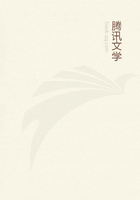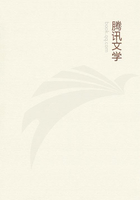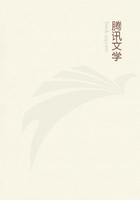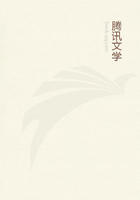In by far the greater number of instances, neither the times, elapsing between the periods of formation and exhaustion, are any exact number of years, nor are the capacities double the cost of formation.But, in all variations of these three quantities from an exact correspondence with any of the orders, the proportions existing between them, will, nevertheless, always be such, as to make it possible to reduce the instruments in which they occur, to some order or another in our series, or to an order that may be interposed between two proximate orders.
Such variations may be reduced to three sorts.The first consists of instances where the capacity is double the cost of production, but the time, no exact number of years.In this case, the instrument does not exactly belong to any of the enumerated orders, but falls between two proximate orders; it may therefore be said to belong to an order, that may be supposed to be interposed between these two.Thus, an instrument being exhausted in between seven and eight years, and having a capacity equal to double the cost of production, might be said to belong to an order lying between G and H.This designation would mark its character with sufficient accuracy for our purpose.
There are only two other cases.The capacity of the instrument may be exhausted before it arrive at an amount equal to double the cost of formation, or, it may not be exhausted until it has come to an amount greater than double the cost of formation.In the former ease it is necessary to suppose the period of exhaustion prolonged, the excess of the capacity of the instrument over the cost of formation increasing at the same ratio, until the capacity double the cost.It will then be shown to belong to some particular order, or to lie between two proximate orders.Thus; let an individual have it in his power to make use of a small plot of ground for six months, and let him expend an equivalent to two days' labor in preparing it for receiving the seeds of some plant, sowing them, and cultivating the crop, and let it return him, at the end of six months, an amount, which, reduced to the value of days labor, would be 2,828.If then we suppose the period of exhaustion prolonged, the excess of the capacity over the cost increasing at the same ratio, in twelve months time the capacity will be 4; for, 2,828 is a mean proportional between 2 and 4.The instrument formed by the plants so cultivated, would therefore belong to the order A, that order doubling in one year.
In the case where the capacity comes to more than double the cost of formation, the order in which the instrument should be placed, is to be found, by retracing the progress of its capacity, under the supposition that it advanced at the same rate, until we arrive at a period when it was only double the cost.The interval between that and the period of formation, will then indicate the order to which it really belongs.
The bread fruit tree is perhaps twenty years before it bear; but ten of these trees, when in bearing, will, it is said, nearly supply a family of South Sea islanders, with a sufficiency of this sort of food for eight months in the year.This sort of fruit tree requires, too, no other labor or attention than that bestowed in planting it.Suppose, then, that an inhabitant of one of those islands were to spend an hour in planting a few of these trees, and that, according to the hypothesis of sudden exhaustion, on which we are proceeding, at the termination of the twenty-two years they are exhausted, yielding at that period an equivalent to two thousand and forty-eight hours labor.If then we retrace the progress, at which the capacity of this instrument has advanced, we will find that it belongs to the order B.For, instruments in that order doubling in two years, one hour's labor, if employed in forming an instrument of that order, ought to yield an equivalent to two hours, at the end of the second year; and being then employed in constructing other instruments, at the end of the fourth year should yield an equivalent to four hours, at the end of the sixth to eight, and so the geometrical series, 2, 4, 8, 16, etc.would arise, which, carried out to the eleventh term, at the end of the twenty-second year, is 2048.It may perhaps serve somewhat to illustrate the matter, to suppose, that the individual who applied an hour's labor to planting the bread fruit tree, gave the same portion of time to the cultivation of another sort of plant, yielding its produce, and perishing, at the termination of the second year from the time of its being placed in the soil, and the returns made, from which are equal to double the labor expended on its culture.Instead of consuming the crop at the termination of the second year, he gives it to some other person or persons, on condition of their applying for his benefit two hours' labor, its equivalent, to the culture of a second crop; at the end of the fourth year, he proceeds in the same manner, and, continning the process, at the termination of the twenty-second year, the produce of the labor, of both hours', the one applied to the cultivation of the former plant, and the other, to that of the latter, would be equal.The only difference in the cases would be, that, the person in question, would, in the latter case, have the trouble of making a bargain with one or more individuals every second year, and would then also have the power to apply, if he so chose, to the supply of his wants, the events, in this instance brought about by his previous expenditure; and that, in the latter case, he would have neither the power nor the trouble.















